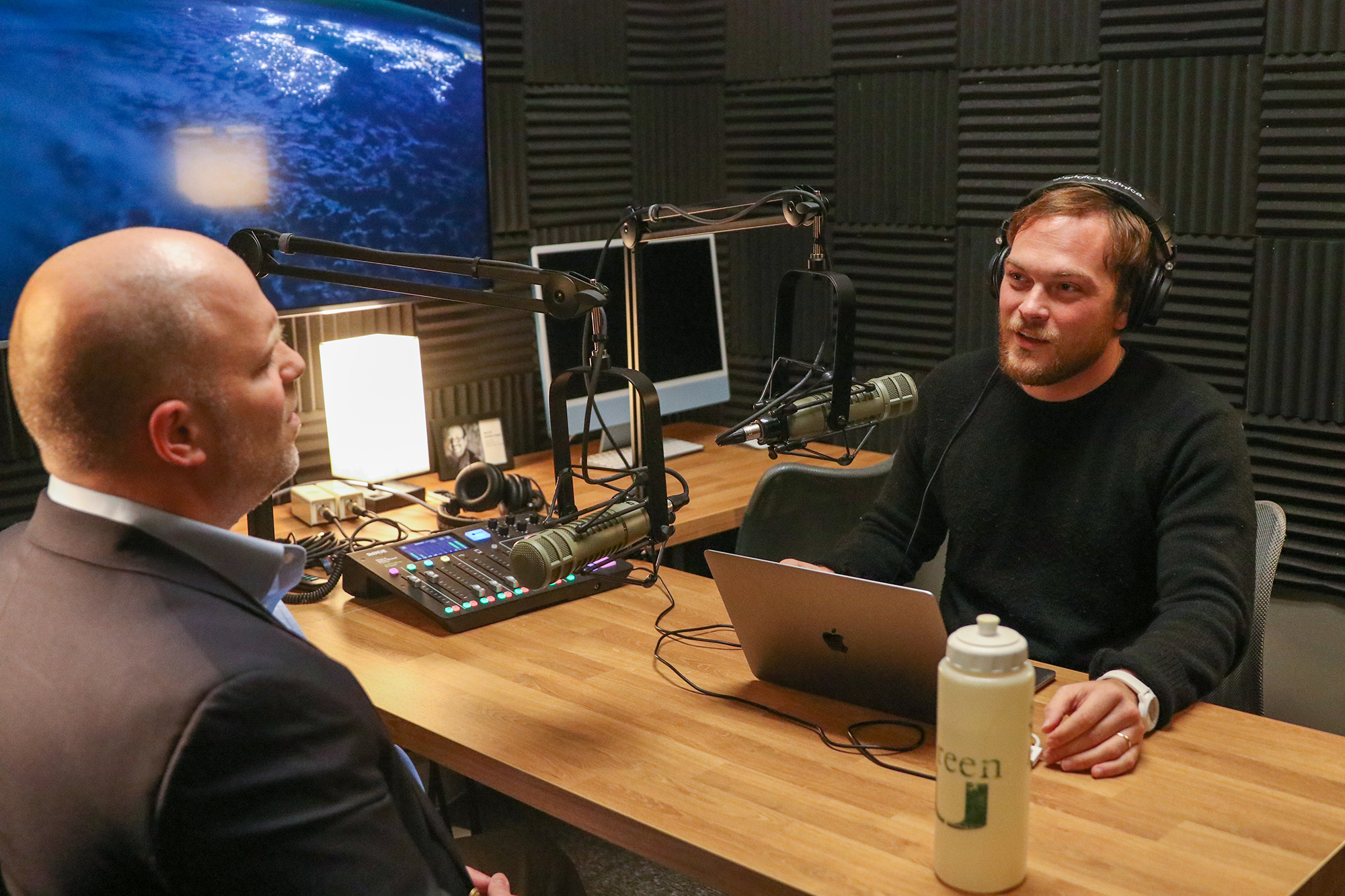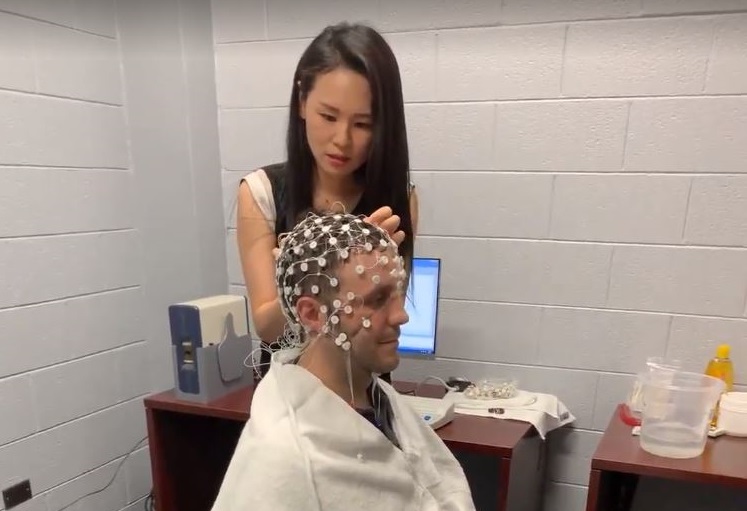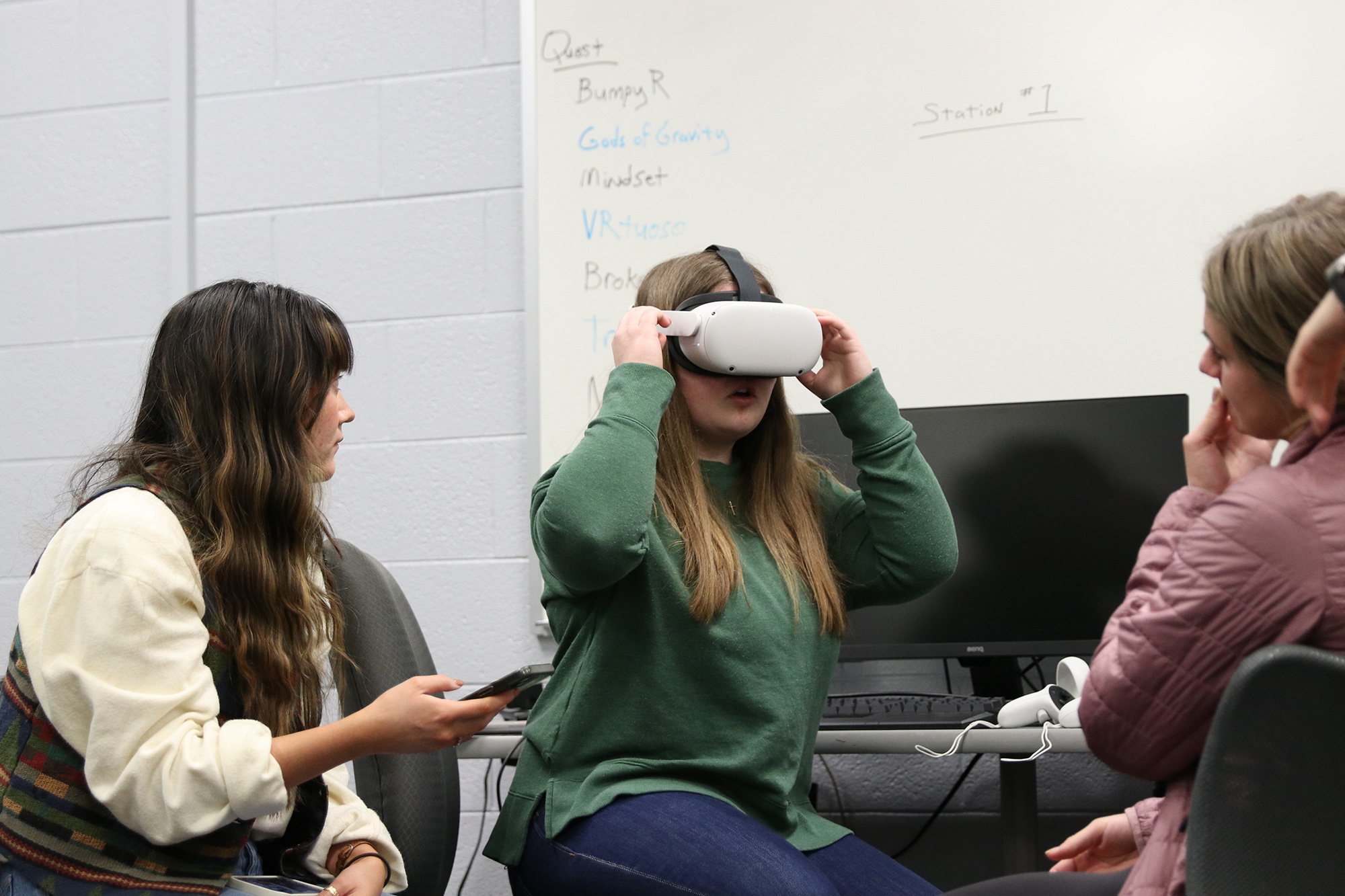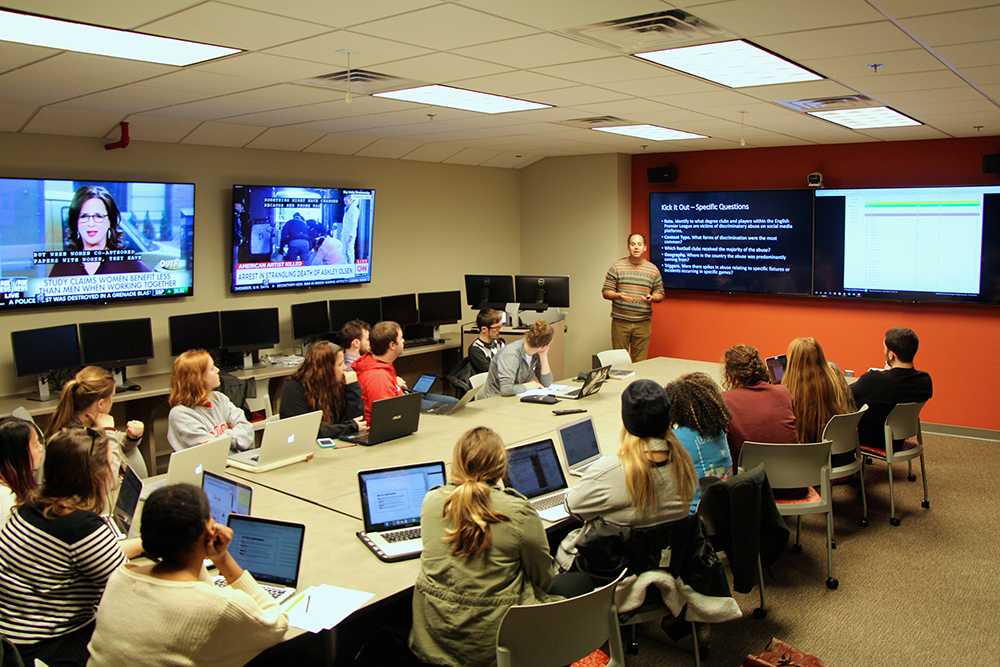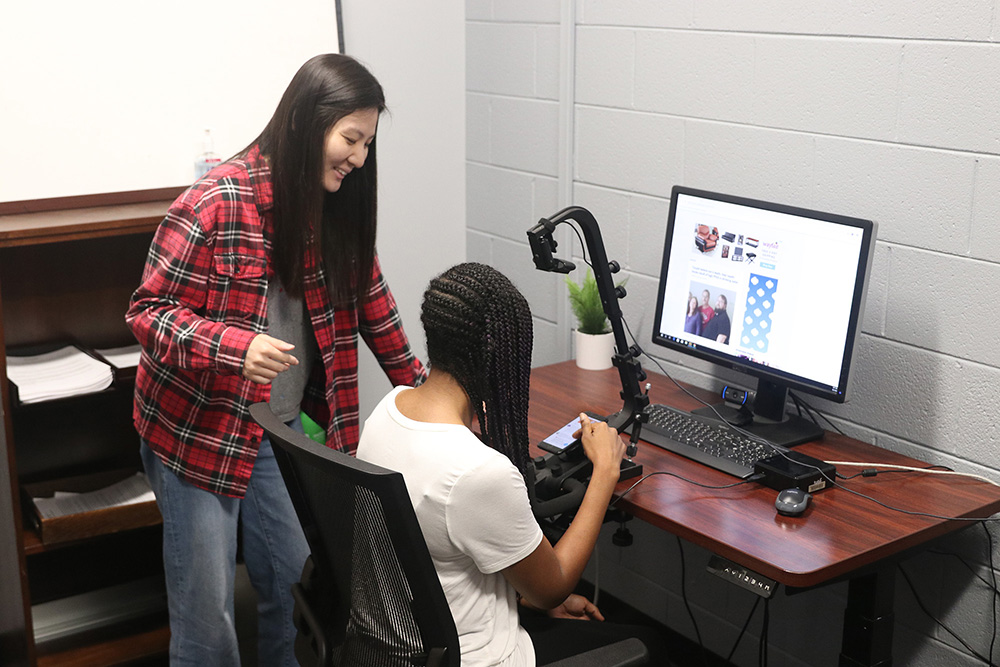The future of media research resides at Grady College
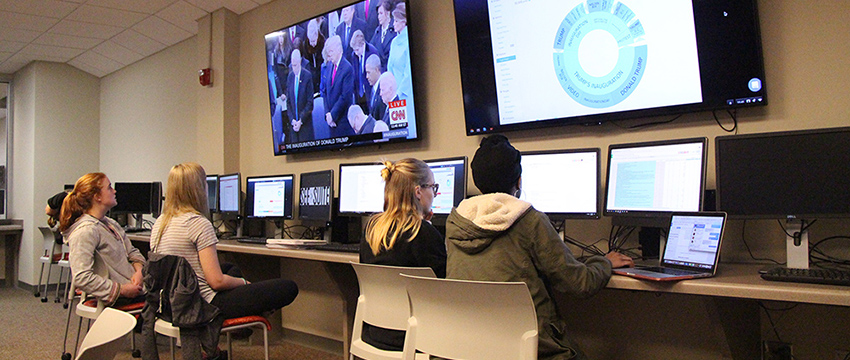
The future of media research resides at Grady College
For over 100 years, the University of Georgia’s Grady College of Journalism and Mass Communication has served as a destination for students building careers in journalism, media, advertising, public relations, and more.
In recent years, the college has added new facilities to help researchers investigate how people process information and messages, the effects of virtual reality immersion, and the use of social media platforms to send and find information.
Grady College faculty and graduate students contribute to understanding of media and mass communication effects and related areas by using new technologies and approaches, including psychophysiological measures to understand the cognitive and emotional processes underlying how people attend and respond to media messages.
Recent work, for example, uses psychophysiological response measurements and eye-tracking to investigate whether viewing body-worn camera videos of violent police-citizen interactions (compared to onlooker videos of similar interactions) results in racially biased responses in assessment of police and citizen culpability.
“The research labs and facilities are an essential part of our success on many fronts,” said Glen Nowak, associate dean for research and graduate studies in Grady. “They enable our faculty and graduate students to conduct timely and impactful research about how people pay attention to and understand information from different sources. They also enable us to help our students be well prepared for jobs in today’s complex media environment.”
Many Grady College labs are used for interdisciplinary research across the UGA campus. The Center for Advanced Computer-Human Ecosystems (CACHE), for example, is operated as a joint lab with UGA’s colleges of Engineering and Public Health.
The CACHE lab features some of the latest virtual reality technology and can allow up to 15 participants to conduct different studies simultaneously. The Qualitative Research Lab serves as a space for undergraduate and graduate students to work on qualitative research using top of the line analysis software.
Both the Digital Media Attention and Cognition (DMAC) and the Brain, Body, and Media (BBAM) labs study how individuals process media. However, the two differ by how they measure bodily responses: the DMAC Lab uses eye-tracking technology, while the BBAM Lab measures heart rate, movement of facial muscles on the forehead or around the eyes, and electrodermal activity—sweat glands—on the hands.
Learn more about the Grady facilities in the photo essay above and on the college’s website.
Editor’s Note: The feature above originally appeared on Research.uga.edu.
Author: Olivia Randall, UGA Research, olivia.randall@uga.edu
